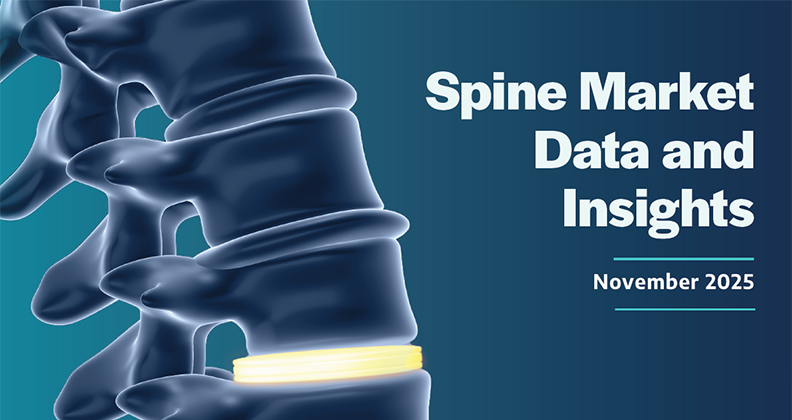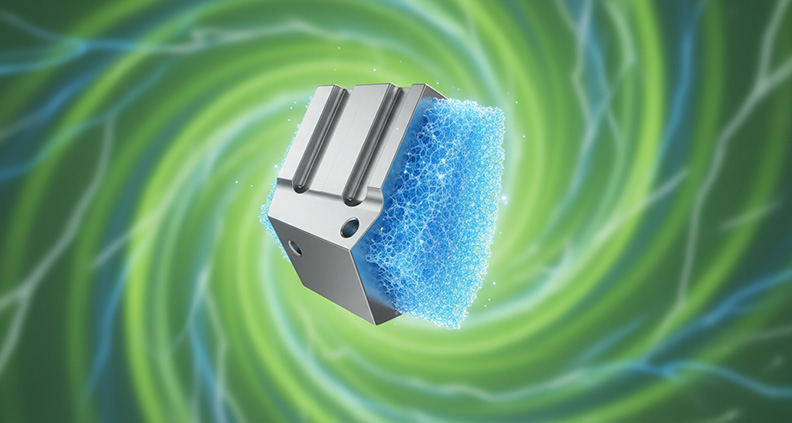
Additive manufacturing (AM) has revolutionized the medical field, including the creation of precise anatomical models and patient-specific surgical cutting guides. In general, the advantages of 3D-printed anatomical models and cutting guides include reduced surgical time and, therefore less exposure to radiation and improved patient outcomes, as well as reduced costs at hospitals associated with lower in-house inventory. 1, 2
Among the various AM technologies, selective laser sintering (SLS) and stereolithography (SLA) are particularly prominent in the clinical field. Each offers distinct advantages suited to specific patient-specific medical applications.
SLA
SLA, one of the earliest 3D printing technologies, utilizes a vat of liquid photopolymer resin cured by a UV laser to build objects layer by layer. This process is renowned for producing parts with high resolution and smooth surface finishes. Developed in the early 1980s by Charles Hull, co-founder of 3D Systems, SLA has become synonymous with precision, accuracy and detailed modeling.
Craniomaxillofacial surgery requires high precision and is one of the driving applications for cutting guides produced with SLA technology. SLA is more widespread at point-of-care facilities, as it is generally easier to adapt to the environment due to the post-processing workflow and compact size.
Advantages for Anatomical Models:
• High Precision. SLA can produce intricate details, making it ideal for creating accurate anatomical replicas.
• Smooth Surface Finish. The technology yields models with smooth surfaces, reducing the post-processing time.
• Material Versatility. A variety of sterilizable resins are available (e.g., Figure 4 Tough 60C White), allowing for the production of models that can be sterilized and brought into the surgical environment.
Advantages of Surgical Cutting Guides:
• Customization. SLA enables the production of patient-specific surgical guides (e.g., cutting guides, drill guides, marking guides, positioning guides) that conform precisely to anatomical structures and enhance surgical accuracy.
• Rapid Production. The technology allows for quick fabrication of guides, which is crucial in time-sensitive surgical procedures.
• Sterilizable Materials: SLA materials can be sterilized, ensuring that they meet the stringent hygiene standards required in surgical environments.
SLS
SLS employs a laser to fuse powdered material, such as nylon or other thermoplastics, building parts layer by layer without the need for support structures. The industry is seeing more recognition for SLS in the production of anatomical models and cutting guides due to the mechanical properties it is possible to achieve.
Advantages for Anatomical Models:
• Durability. SLS technology is capable of producing robust models suitable for functional testing and simulation, allowing for the rehearsal of surgical procedures.
• Complex Geometries. SLS technology provides a unique advantage in creating complex geometries that are challenging to achieve with other print technologies. Since SLS does not require support structures, the design can be more free-form, allowing for lightweight parts and intricate internal features.
• Material Properties. The use of engineering-grade thermoplastics allows models to withstand mechanical stress, making them suitable for hands-on surgical training.
Advantages of Surgical Cutting Guides:
• Strength and Stability. SLS-produced guides are mechanically strong, ensuring they maintain their shape and position during surgery (e.g., Duraform ProX PA).
• Heat Resistance. The materials used can withstand sterilization processes, maintaining their mechanical properties in the operating room.
• Cost-Effectiveness. SLS, in general, uses less materials as the models are printed without supports. Plus, multiple guides can be printed in a single build to improve efficiency.
Both SLA and SLS offer unique advantages in the production of anatomical models and surgical cutting guides. SLA is preferred when high precision and smooth surface finishes are paramount, making it ideal for detailed anatomical models and customized surgical guides.
Conversely, SLS is advantageous for applications requiring durable parts with complex geometries, suitable for functional testing and robust surgical tools. The choice between SLA and SLS depends on specific clinical requirements, material properties and the desired balance between detail, flexibility and strength.
How to Get Started
If you don’t want to navigate the use of SLA and SLS on your own, there are companies that specialize in these solutions. 3D Systems’ VSP® surgical planning solutions combine best-in-class digital workflows with the industry’s broadest additive manufacturing portfolio of printers and materials to deliver comprehensive patient-matched solutions.
3D Systems manufactures more than 2 million implants and instruments for more than 100 FDA-cleared and CE-marked medical devices. Leveraging its expertise as the pioneer of the 3D printing industry, the company partners with device manufacturers, hospitals and surgeons to transform patient care for the better.
Visit 3D Systems’ website to learn more.
Citations:
1. Biomed Eng Online. 2016 Oct 21;15(1):115. doi: 10.1186/s12938-016-0236-4.
2. J Orthop Surg Res 16, 188 (2021). https://doi.org/10.1186/s13018-021-02310-y




